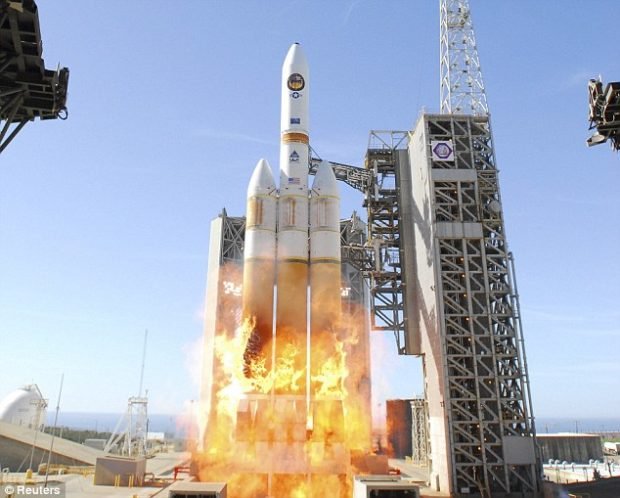How to improve your business using Computer Vision services
Computer vision is a branch of Artificial intelligence that helps a machine find, identify, and tag objects just as humans can. Computer vision should go beyond identifying a single object to also recognize characteristics like size, shape, texture, surrounding and background objects, spatial agreement, etc.
How does a computer see?
The way a computer learns to see is similar to that of a child. Just as people show and teach a child to identify objects and their names until they’re able to identify them alone, computers do the same.
When kids grow, they become able to watch videos, read books, and identify a wide range of objects within and outside the house. Similarly, the computer system has its vision trained by showing it tons of images that have their names, descriptions, and characteristics labeled.
The computer system will then use deep learning algorithms to detect objects and identify and classify them. When you show a computer vision system a new image, it can identify the objects within the images.
On a basic level, the computer vision system can do this through pattern matching whereby the system matches a new image with an existing one in its database.
Typical computer vision system applications
Here are some of the mechanisms that can be used by computer vision machines to identify patterns
Facial recognition: Computer vision systems can identify appearance, age, gender, emotions, and cultural identities. You find this in biometric identification systems.
Crowd dynamics: A computer vision system can count people within a crowd and track the density and direction of the crowd.
Action recognition: Computer vision systems can recognize the gestures or actions of animals or people in an image.
Forecasting behavior: Upon studying the emotions or moods of people within an image, computer vision systems can foretell how they will react in a new situation.
Object classification: Objects will be classified into broad categories such as humans, objects, animals, then further into man, woman, child, lion, dogs, etc.
Object detection: Computer vision systems make it possible to locate an object within an image.
Object identification: Entails identifying the detected object.
Object recognition: Recognizing multiple objects within an image and their location.
Object verification: Verifying that the required object exists within the provided image.
Object counting: Braking down objects into components, identifying images of the same object, and counting the images.
Object tracking: This entails tracking a given object across several images using computer vision systems. However, human tracking could be termed unethical.
Object character recognition: A computer vision system can identify written numbers and texts in an image. This feature is used in developing apps that extract numbers within an uploaded image.
Document analysis: With computer vision systems, a document can be analyzed to extract given information.
Conclusion
Computer vision is being used across several fields and industries including education, healthcare, manufacturing, retail, and automobiles.
There exists a security and privacy issue associated with the use of images as a dataset for training because it entails the use of personal data. As a result, people who use computer vision systems should implement security strategies from the beginning.
Compliance with regulations is also necessary to avoid unethical use of data. Companies in need of computer vision services can get solutions customized to suit their needs, alongside in-build privacy and security features.




